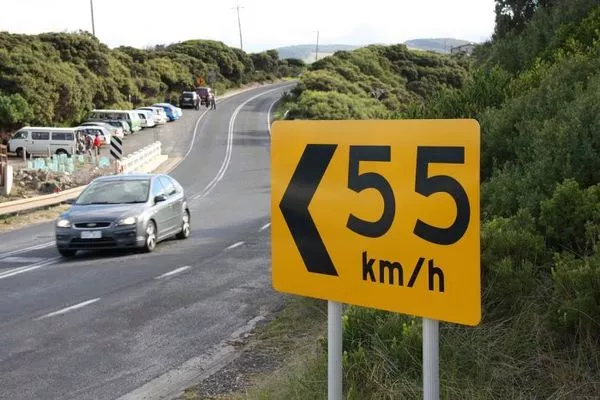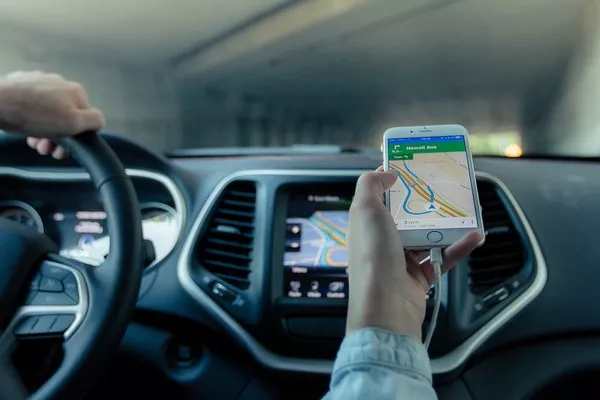Summertime is just around the corner, and it's the perfect time to travel for vacations, reunions, and parties. The perfect weather and all-around happy vibes make summer the ideal season for such occasions. Most vacation trips involve long drives to places such as beaches, resorts, and nature parks. If you find yourself venturing into unfamiliar terrain, you'll need to take extra measures for you and your passengers’ safety.
But, how do you start? Philkotse.com prepared has some tips you can follow to be safe on your next adventure!
1. Have your car tuned up
Not all vehicles are equal. Some are made for lengthy highway cruises, while others are built for long off-road trips, especially on mountainous terrain or hilly areas.
Yet regardless of vehicle type, a tune-up is a must before every long trip, so you can drive with confidence. Just like how a human body works, your car needs to be checked for it to handle the demands of treacherous terrain. Driving on pavement is different from driving offroad, not the least of which is because your engine needs to work twice as hard as before.
If you are bringing your car in for servicing, make sure to prioritize the brakes, fluids, batteries, and thermostat. Do not forget to check your tires for proper inflation, and to secure a spare tire in case of emergencies. Remember, your car needs to be in optimal shape before the long drive.

Regardless of vehicle type, a tune-up before a trip is a must
>>> Also read: Car tuning for improved performance: Yay or Nay?
2. Fill up your tank
A car operating under punishing conditions (such as a demanding road trip) eats up more fuel than your regular drive. If you're traveling to a remote area, bear in mind that cellular signal reception will likely be poor, and with no nearby fuel stations, you might find yourself stuck because of an empty tank, which can't be good.
And when you smack in the middle of the road, you'll be putting yourself and others at risk especially on hilly or mountainous roads that have next to no forward visibility, setting the stage for an accident.

Remote areas will likely have no signal reception and no nearby fuel stations, which means you'll be stuck if you're unprepared
3. Anticipate the extreme
As the adage goes, "Hope for the best while preparing for the worst". Accidents do happen, whether we like it or not. It might not be due to your own carelessness since there are other external factors that can cause it.
To minimize such risks, make sure to have the following ready with every trip: an emergency first-aid kit, food, water, spare change of clothing and essential tools for when you need to make minor repairs on the road.
Also, designated a point person within the family whom you'll regularly update regarding your travel plans. When anything untoward happens to you, that person can immediately alert the authorities and seek assistance.
4. Observe speed limits and use brakes cautiously
Ignore speed limits and other warning signs on the road at your own peril. It is crucial that you are aware of how fast you are driving on a particular thoroughfare. Try to keep up with the rest of vehicular traffic especially at cruising speed, since both overspeeding and underspending are dangerous. Aside from minding your speed, utilize your brakes cautiously and effectively.
For example, continuously stepping on your brakes will wear it out prematurely, losing its effectiveness for when you'll need to make an emergency maneuver. Use the tap method to regulate your downslope motion, and always keep the transmission in gear.

Ignore speed limits and other road warning signs at your own peril
5. Stay alert and vigilant
The scenery might be captivating to look at, but if you keep your eyes away from the road a second too long, chances are you'll find yourself on the opposite lane and crashing into oncoming traffic.
Always make absolutely sure that the opposite lane is clear before attempting to overtake another vehicle on a curve (especially if it's a truck or a bus); one wrong move and you'll end up with a total wreck of a car if you're lucky.
Avoid driving at high speeds when passing over unfamiliar terrain since there might be ruts and bumps that you won't anticipate, making you lose control of the vehicle.
6. Check the weather on your travel dates
Weather is usually a deciding factor before deciding whether or not a long trip is feasible and safe. Driving in the stormy days presents a considerable risk if you're planning to tackle that mountain pass, so it might be a good idea to postpone the trip for a later date. No trip, no matter how scenic or picturesque, is worth putting your welfare at risk.
7. Make yourself visible at all times
When driving in remote areas, make your vehicle visible by switching on your external lights, and make sure to properly indicate your turns (which means no hazard lights unless you're stuck in the middle of the road).
This applies especially on mountainous roads that may commonly have reduced visibility. Properly marking your presence on the road lessens the likelihood of accidents.

When driving in remote areas, make your vehicle visible by switching on your external lights
8. Don't rely exclusively on GPS
Before going on a trip to unfamiliar places, do sufficient research on the main roads, stopovers and alternate routes that you’ll be taking. Dedicated handheld and in-dash GPS devices will have no problem (all they need is a line of sight to orbiting satellites) but smartphones use assisted GPS or A-GPS, meaning that they still require mobile data to plot your position, so if there is poor signal reception where you're going, chances are you won't be able to rely on your favorite navigational app. for directions.
If you don't want to get lost, an old-school backup plan might come in handy, such as maps or bringing someone along who is familiar with the place. If all else fails, ask directions from the people you encounter on the road.

In remote areas where reception is weak or nonexistent, you can't just tap on your favorite navigational app for directions
9. Rest well before the trip, especially if you are the one who’s going to drive
With everything else taken care of, it's time to focus your attention on the most important aspect: the one behind the wheel. As the driver, you need to make sure that you're in the best condition above all else, getting enough rest and food before the trip.
Whenever possible, have at least one other registered driver on board, someone who can take over in case you feel tired, hungry or else just unable to drive for any reason.
Fatigue and hunger can compromise a driver's focus, making him or here more susceptible to accidents. We can't plan for absolutely every aspect of a journey, as there are plenty of factors that can affect the outcome of the trip.
What you can do is focus on the things that are within your control, namely your car and yourself, to make your adventures as pleasant and memorable as possible.
>>> Click to get more helpful tips and advice for safe driving
Recent posts
- Driving 101: 5 steps to safely drive through sharply curved roads Feb 28, 2019
- 6 handy tips to maximize fuel efficiency during your road trip Jan 12, 2019
- Top Tips for Pinoy Drivers When Driving Uphill in Automatic Cars Nov 08, 2022
- Tips when going on a road trip towards the Northern Philippines Jul 19, 2018
- 9 must-know safety tips for mountain driving Nov 08, 2017












